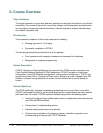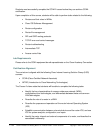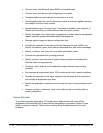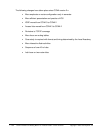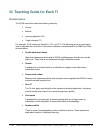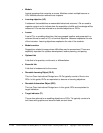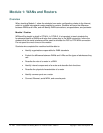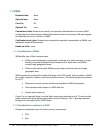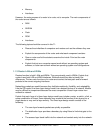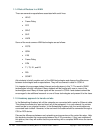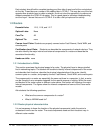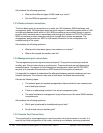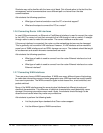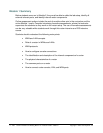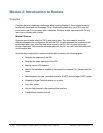
11 - 238 CCNA 2: Routers and Routing Basics v3.1 Instructor Guide – Module 1 Copyright © 2004, Cisco Systems, Inc.
1.1 WANs
Essential labs: None
Optional labs: None
Core TIs: All
Optional TIs: none
Course-level claim: Students can identify the important characteristics of common WAN
configurations and technologies, differentiate between these and common LAN technologies,
and describe the role of a router in a WAN.
Certification-level claim: Students can evaluate the important characteristics of WANs and
implement simple WAN protocols.
Hands-on skills: none
1.1.1 Introduction to WANs
WANs differ from LANs in several ways:
• LANs connect workstations, peripherals, terminals, and other devices in a single
building or several buildings that are located next to each other, and WANs
connect large geographic areas.
• LANs connect devices and WANs connect data connections across a broad
geographic area.
WANs operate at the physical and data-link layers of the OSI model. Devices used in a WAN
are routers, switches, modems, and communication servers. The following topics are relevant
to this TI:
• Discuss the various carriers and devices available for WAN connections.
• Show students what routers in a WAN look like.
• Explain what routers do.
Figure 3 is an important figure to review. Best instructional practices for this TI include online
study sessions with study guides, group work, and mini-lectures. This TI provides essential
background information for the CCNA exam.
1.1.2 Introduction to routers in a WAN
Routers and computers have four basic common components:
• CPU
• Bus




